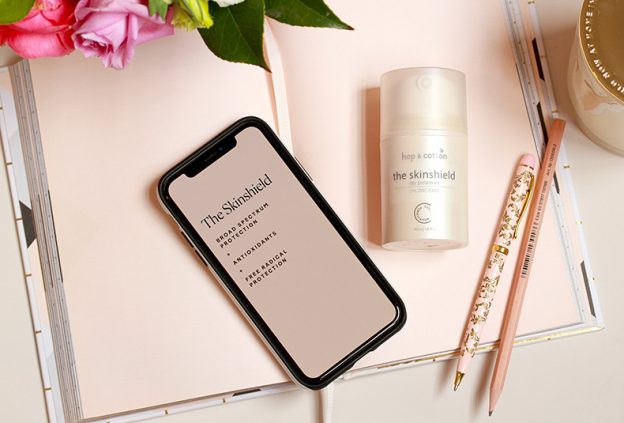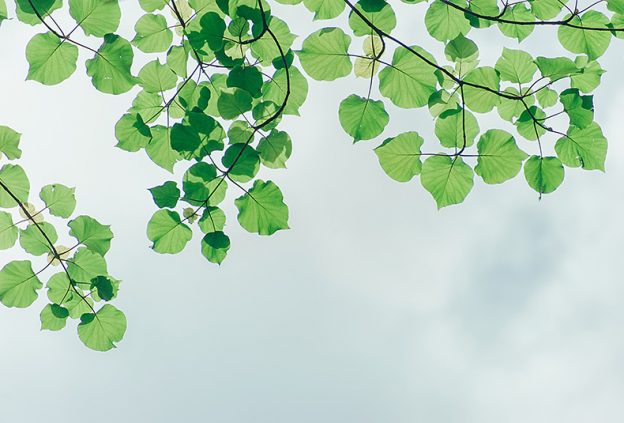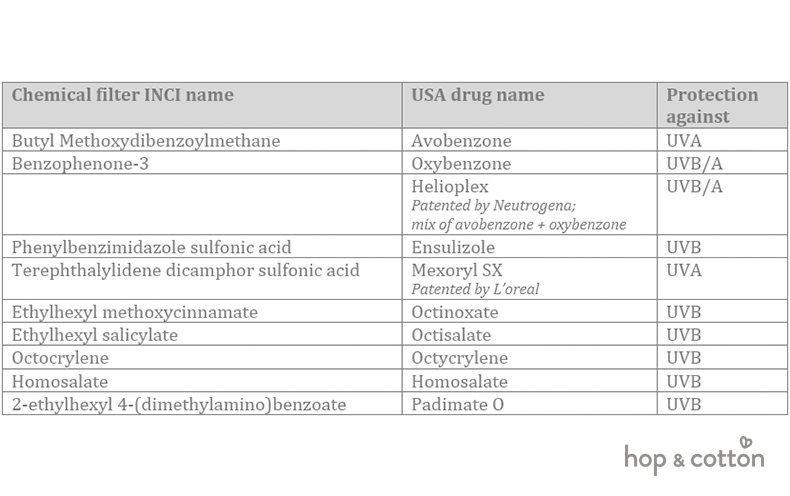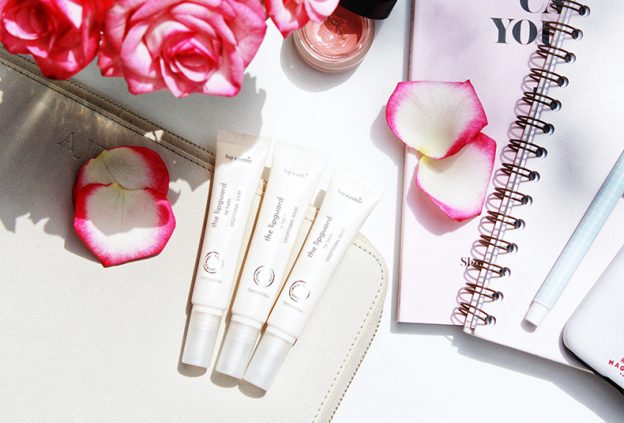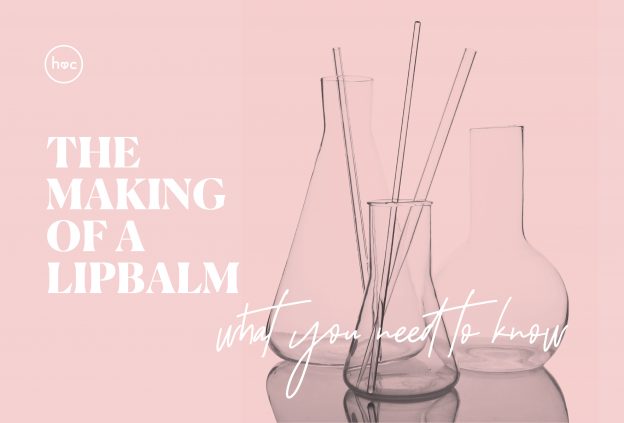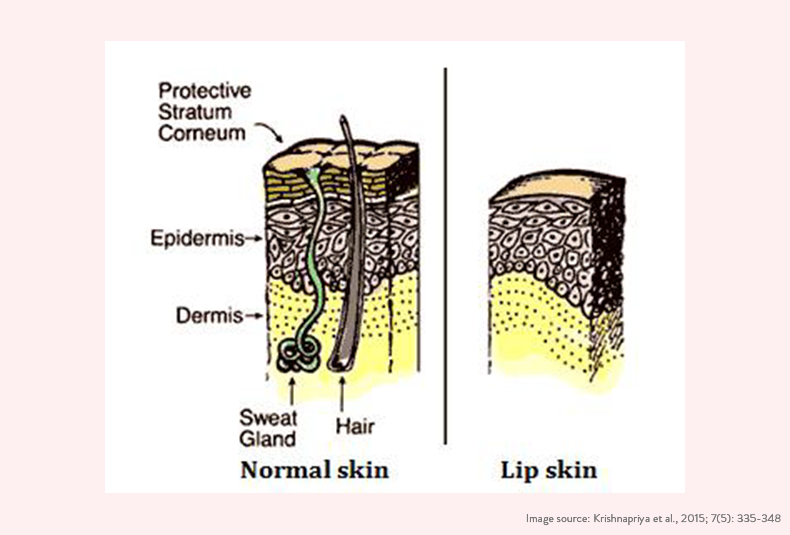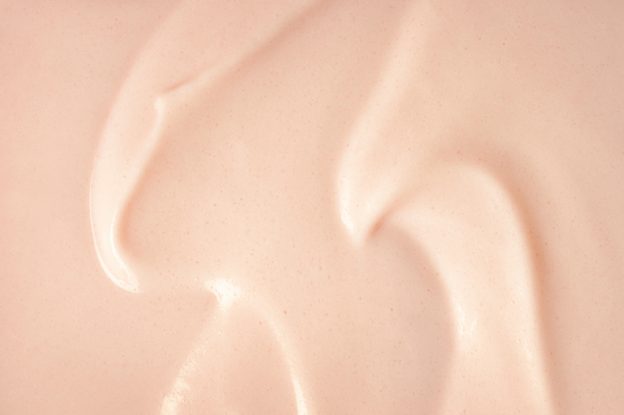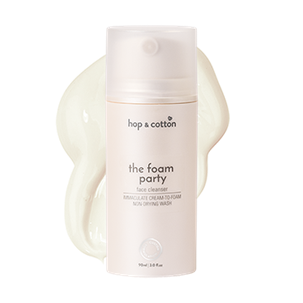Today we’re answering the most frequently asked questions on sun protection.
Which is better – physical sunscreen or chemical sunscreen?
If you can tolerate both, the better one is the one you can bring yourself to use consistently. Those very picky with textures might prefer chemical (or hybrid chemical-physical) ones as they are typically more fluid/spreadable than physical ones. They also do not give any white-cast or flashback in photography.
If you have rather sensitive skin, a physical sunscreen will be your better bet as chemical ones can cause irritation (i.e. redness, burning or even lesions resembling breakouts). Those prone to congestion should also pay attention to product texture and amount/types of oils, waxes and film-formers as they all affect the sunscreen’s acnegenic potential.
What SPF should I be using daily?
It depends on your day’s physical activity level and length of sun exposure.
If you are mostly indoors with minimal sun exposure/sweating, SPF 20 with broad spectrum protection would be sufficient. If you are always outdoors or engaging in strenuous labour, SPF 50 with broad spectrum protection and constant reapplication is necessary.
Is higher SPF always better?
No. Although higher SPF gives higher UVB protection, it also requires a lot more sun filters to achieve the higher SPF. With chemical sunscreens, the higher chemical filter content can mean a greater likelihood to cause reactions or trigger dermatitis.
The increase in amount of UV protection is not directly proportional to the increase in SPF value. Theoretically, SPF 20 protects skin against 95% UVB; SPF 100 protects against 99% UVB. The SPF protection from 20 to 100 only results in 4% more protection, but the amount of filters needed for this increase in SPF value is lot more than 4%.
Broad-spectrum (UVA and UVB) protection and skin compatibility in sunscreens are more important than a very high SPF value .
Do I need to wear sunscreen if I’m staying indoors?
It depends on how well the area is shielded from sunlight. It isn’t necessary in a windowless room or one with special UV-coated window. In places with normal glass windows (which only blocks out UVB), ageing UVA rays can still penetrate your skin. So it is still wise to put on sunscreen even if you are not going outside especially if you are concerned with any form of hyperpigmentation.
Why do sunscreens break me out?
The breakouts are usually caused by chemical and/or water-resistant sunscreens.
It’s common for chemical sunscreens to be high in oil content as the chemical filters are either oily materials themselves or require rather high amounts of other oils to be completely solubilised. Due to the reactivity of chemical filters, they often give irritation, resulting in lesions appearing as breakouts. Water-resistant formulas (physical or chemical) contain significant levels of heavy oils and film-formers that can easily result in congestion.
It’s also possible to break out with physical sunscreens if it contains oils/waxes or film-formers (used in water-proof formulas) that encourage congestion. Titanium dioxide may also cause breakouts in some rare cases.
How much should we be applying?
SPF is a measured using 2mg of product per cm square of skin during testing. For a near equivalent amount of protection as the SPF, we need approximately a quarter teaspoon (1.25ml) of sunscreen for the face alone.
Most of us apply way less than what is used in such test conditions, so we are not actually getting the stated level of protection. It can be quite unpleasant to put on all that sunscreen on at one go. Instead apply in 2 thinner layers to get maximum protection with improved wearability.
Do I need to reapply my sunscreen? If so, how often should I do that?
It depends on your sunscreen, how well it stays on your skin and the length of sun exposure.
With minimal sweating/physical activity, where your sunscreen stays on your skin, you don’t need to reapply if you are using a physical sunscreen. With chemical sunscreens, you might need to reapply as its protective capabilities decreases every time you are exposed to the sun.
If you are at the beach, reapply at least every two hours or every time after swimming/towel drying, whether your chemical/physical sunscreen is water-resistant or not.
Got more questions on sun protection? Feel free to reach out to us on Instagram or Facebook. We’d love to hear from you!



